By Girija Madhavan
Mysuru is hosting Dasara, its most important festival. Elephants are brought from jungle camps to lend their caparisoned presence to the procession. Parks display pots of salvias, zinnias and dahlias; flower beds of cockscomb, cosmos and chrysanthemums. Traditional sports like “Kusti” [wrestling] are a feature of Dasara. Local wrestlers participate in matches, bringing to my mind the Sumo wrestlers of Japan.
The Japanese excel in tennis, golf and baseball. The martial arts of Kendo, Judo, Jujutsu, Aikido or Karate are preserved. Sumo, though not classified as a martial art, has influenced these forms over the years. It is enormously popular in Japan, the unofficial national sport.
Sumo tournaments are a spectacle of rituals, colour and ceremony. Two wrestlers of great weight and girth, clad in specially woven silk loin cloths with a heavy belt [Mawashi], face each other on a circular ring, “Dohyo.” It is a platform of packed clay of 4.55 metres in diameter. Above it hangs a replica of the roof of a Shinto shrine. The matches are very short, the victor pushing his opponent out of the ring or causing him to touch the floor of the ring with any part of his body other than the soles of his feet.
The wrestlers enter the ring, throw handfuls of salt on it [a purificatory ritual of Shintoism with which Sumo is linked]. They start with a crouch and lunge at each other upon the referee’s signal. The referees wear brocaded kimonos and peaked hats and are picturesque themselves, their lives too being committed to Sumo. Other judges sit around the ring to adjudicate if need be.
Hierarchy rules the life of the Sumo wrestlers [the “Sumotori”]. They are controlled by the “Stable” to which they belong. The wrestler with the greatest number of wins is called “Yokozuna”, the top rank followed by “Ozeki”, “Sekiwake” and lower ranks.
Their schedules of exercise, food and appearance are in accordance with tradition, strictly enforced by the Japan Sumo Association. Their hair is combed into a topknot or “Chonmage”. They wear only kimonos in public. Seniors can opt for silk robes of their choice. When shopping or eating out, Sumo wrestlers look like personages transported into the present from the Edo period of Japanese history. When they retire from the ring the topknot is cut off and they are free to wear Western style suits and ties like most Japanese.
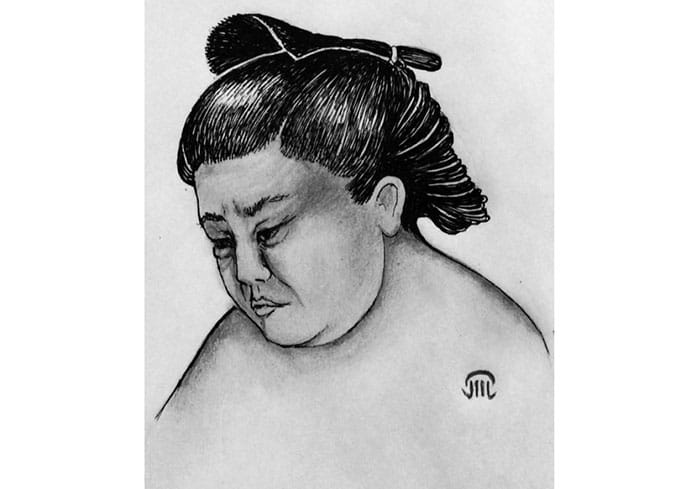
The wrestler’s topknot.
After routine early morning practice, lunch is served. The main dish is usually “Chankonabe”, a hearty soup-cum-stew of meat, minced chicken balls, tofu, mushrooms, vegetables and noodles in a rich broth, washed down with beer. This diet is so full of protein and calories [reputedly up to 20,000 calories] that the huge weight of Sumotori is steadily maintained. They weigh a minimum of 148 to 150 kgs and have to be at least 185 cm tall. Sadly, the wrestlers are said to have a shorter life span than the average Japanese man because of their weight and life styles.
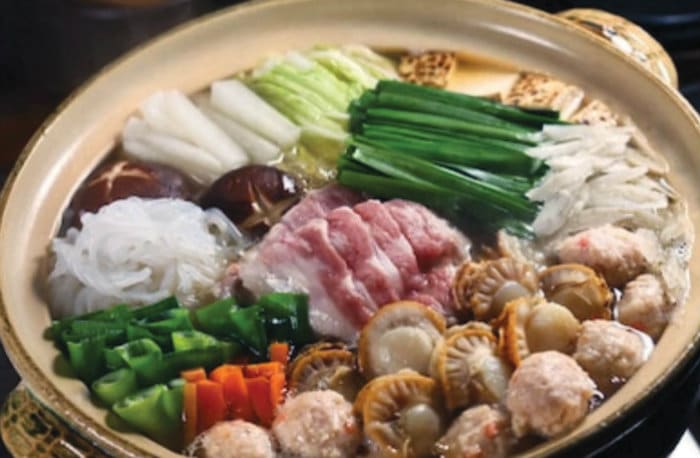
A bowl of Chankonabe, soup for Sumo wrestlers.
At the invitation of Japanese friends, my husband and I attended a couple of tournaments, or “Basho”, at the Ryogoka Sumo Hall in Tokyo. Big banners and a parade of wrestlers in richly embroidered aprons lent colour to the hall where stalls sloping down to the ring were filled with an excited audience. Spectators can bring their own snacks or order Japanese favourites at the Hall like Yakitori [grilled chicken on skewers]. Beer and Sake were allowed too. But the audience was never unruly.
We saw Yokozuna Chiyonofuji in action in 1988. At 22 years of age and weighing 120 kg, he was slim for a Sumo wrestler. “Oh! He is thin. We love the really fat ones!” said our Japanese hosts.
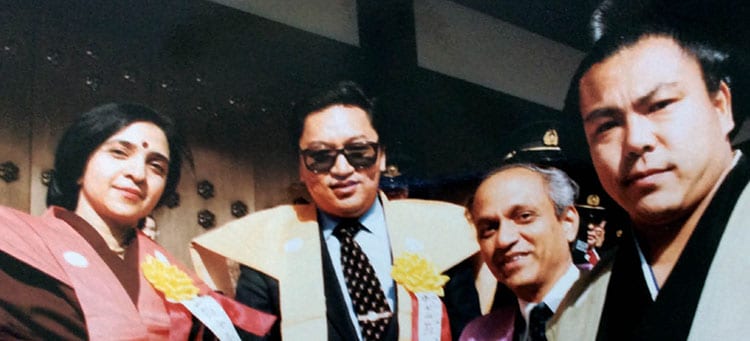
The Madhavans with their Japanese host (centre) and Yokozuna Chiyonofuji in 1988 at Tokyo.
Chiyonofuji was a fisherman’s son from Hokkaido who took up Sumo at the age of 15, on being promised a ride to Tokyo in a plane. His superb technique won him many victories and the nickname of “Wolf”. We have a photograph with him on an occasion when he was being honoured. We wore Japanese robes over our Indian dress for the occasion !
This Yokozuna Chiyonofuji led a hard life of rigorous practice and duty. Even when his infant daughter had just died, he had to participate in a tournament, according to Sumo forms. Chiyonofuji dominated the Sumo scene till his death from pancreatic cancer at the age of 61 in 2016. He represented the Japanese ideal of adherence to tradition, dedication to his profession and a constant striving for excellence, truly deserving the glory and the many honours he received.



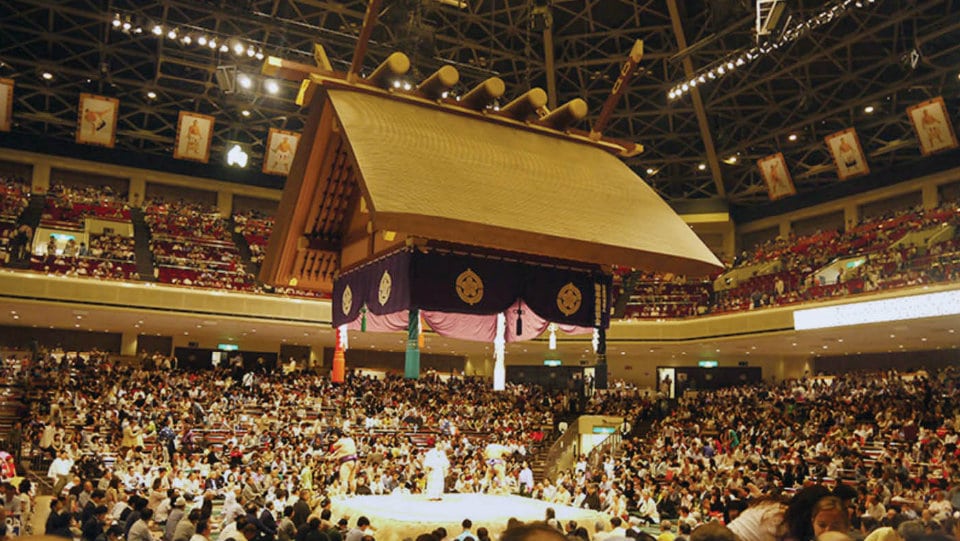

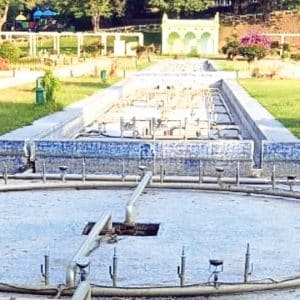


Recent Comments